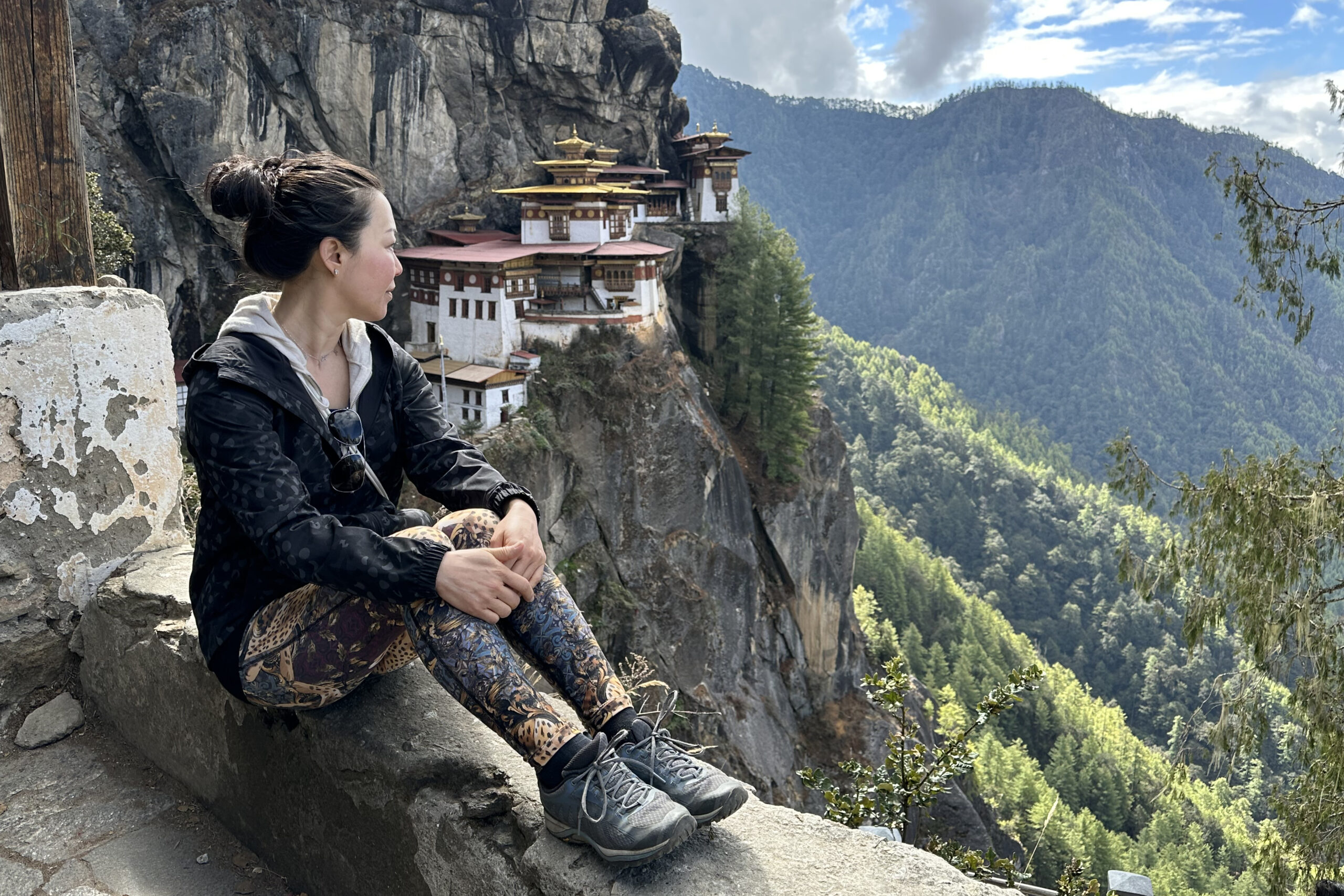On seeing smiles appear on the faces of the Bhutanese people, Bolai Ng felt that happiness truly is infectious.
“You can see everybody walking around has this huge smile,” said Ng, a Chinese American woman born and raised in San Francisco. “Everybody has this contentedness that they’re exuberating.”
From late March to early April, Ng and a group of Bay Area residents traveled to Bhutan as the landlocked South Asian country, the so-called “happiest country” in the world, reopened to tourism. The trip was dedicated to Ng’s late friend, Susan Kobayashi, who had initially planned the journey—and the group undertook the adventure in her spirit, searching together for the meaning of happiness.
Remembering a Friend
Traveling to Bhutan has been on Ng’s to-do list since 2019.
Ng, 50, has been diagnosed with stage 4 breast cancer, and she’s very active in a local breast cancer patient support group, Bay Area Young Survivors. In the group, Ng met Kobayashi, a strong-minded Asian American woman and also a stage 4 patient. As they became close friends, they decided to go on a trip to Bhutan, also known as the “Land of the Thunder Dragon.”
However, the plan was halted during the pandemic, and Kobayashi passed away in early 2023. But Ng and Susan’s other close friends decided to continue this journey.
“This trip was to commemorate Susan,” Ng told the Standard. “It is without a doubt Susan was with us the entire time.”
Mountains, Monasteries, Hiking
Traveling to Bhutan is not easy, Ng said, as the country has a strict limit on the number of tourists allowed, plus it’s geographically isolated, sandwiched between Tibet and eastern India. After booking with the tour company, tourists have to fly from either India or Thailand into Paro Airport, the only international airport in Bhutan.
As the flight passed over the Himalayas, Ng said she could see the world’s tallest mountains in their full splendor.
With a population smaller than that of San Francisco, Bhutan is known for its monasteries on high mountains. To get to the most famous, Paro Taktsang—also called “Tiger’s Nest”—Ng said her group hiked for five hours, one way. During the nine-day trip, hiking through the mountains was pretty much all they did.
In one particular temple, Ng described thousands of small Buddha statues, each with different gestures. The minute she walked in, she felt a powerful sense of energy and enlightenment completely engulfing her.
“I was so emotional, and tears were coming down my face,” Ng said. “I felt Susan’s presence with us.”
Spicy, Cheesy and Unique Food
“The food is really pretty amazing,” said Ng. “I don’t think I have had any type of food that was quite so unique.”
As an Asian American, Ng wasn’t surprised that the Bhutanese diet contains a lot of rice, but she found that they also eat a lot of potatoes—and the cuisine can be very spicy, too.
Also, Ng said, the local cuisine has a special type of cheesy, curry-like creamy sauces that can be used for sauteing meat or vegetables. One such sauce is used with mushrooms, onions or a type of “green, leafy vegetable that is very similar to the texture and look of morning glory”—something Ng can’t forget.
“It was delicious. It was spectacular.” Ng said. “I don’t think I’ll ever have a chance to eat that again.”
Feeling Happy
Searching for the answers to happiness, Ng said “simplicity is the keyword,” and suggested that San Franciscans should embrace and learn from Bhutan.
She said Bhutan may still be a developing country by Western standards, but it has the necessities: clean water, electricity, WiFi and cell phones. But Ng felt that many Bhutanese still choose traditional ways of living, shielding them from unnecessary exposure to the more materialistic world.
Being a native San Franciscan, Ng said she can feel the change in the last few years in the city, as far as her personal sense of well-being.
“Everybody is heightened right now,” she said. “Especially as AAPI, a lot of members feel very frightened.”
But in Bhutan, Ng remembered children playing, laughing and giggling all the time. One day, she and her group saw a child trying to lug a piece of wood to his mother’s shop, where they would burn it to keep warm. Although it was as big as the boy, he seemed unfazed, showing merely that’s what he had to do. Ng and her husband went ahead offering help, but the boy shook his head, and smiled at them without saying a word.
“He was very pure,” Ng said. “It was amazing.”
